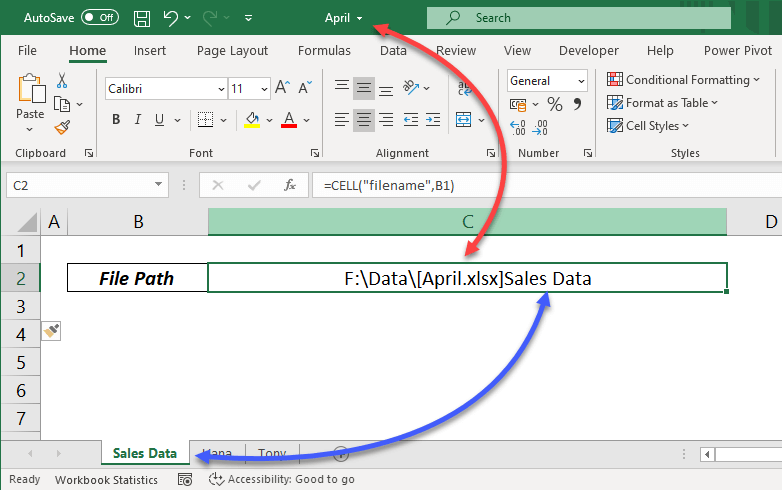Essential Paperwork for Lawful Permanent Resident Status

Applying for Lawful Permanent Resident Status in the United States can feel like navigating through a labyrinth of legal and bureaucratic processes. Whether you're sponsoring a family member, seeking an employment-based visa, or are a refugee or asylee, the paperwork required is critical to your success. Here, we'll discuss the essential documents and steps needed to ensure you're on the right path towards becoming a green card holder.
Understanding Lawful Permanent Resident Status

Before diving into the documents, understanding what being a Lawful Permanent Resident (LPR) entails is crucial:
- Eligibility: Various pathways including family sponsorship, employment-based petitions, humanitarian considerations, etc.
- Benefits: Long-term stay, work, and travel authorization with certain restrictions.
- Rights and Responsibilities: Compliance with U.S. laws, tax obligations, and potential path to U.S. citizenship.
Key Documents for Your Application

To streamline your application process for lawful permanent resident status, ensure you have the following documents:
1. Form I-485: Application to Register Permanent Residence or Adjust Status

This is the cornerstone form for adjustment of status. Here are the details you’ll need to prepare:
- Your biographic and personal information.
- Details about your current visa status and when it was acquired.
- List of all absences from the U.S., including dates.
- Your current residence address.
2. Proof of Identity and Nationality

Identity verification is a fundamental part of the process:
- Passport (foreign and U.S. if applicable).
- Birth certificate.
- National identity card if issued by your country.
- Any previous marriage or divorce certificates.
3. Proof of Eligibility for Specific Categories

Depending on your category, you’ll need:
- For family-based petitions: Approval notice for Form I-130, Petition for Alien Relative.
- For employment-based petitions: Approval notice for I-140, Immigrant Petition for Alien Worker, and job offer letter.
- For asylum or refugee status: Copy of your refugee or asylee travel document.
4. Financial and Support Documentation

Financial solvency or sponsorship is critical:
- Form I-864: Affidavit of Support if you’re being sponsored by a U.S. citizen or resident.
- Income statements or tax returns of the sponsor.
- Proof of joint ownership if applicable (home, bank accounts).
5. Medical Examination

Health is a significant factor:
- Complete Form I-693, Report of Medical Examination and Vaccination Record, conducted by a civil surgeon designated by USCIS.
⚠️ Note: Your medical examination must be completed within the last 60 days before filing your application.
Navigating the Application Process

The process involves several steps:
- File Form I-485 with the required fee and supporting documents.
- Attend your biometrics appointment where your fingerprints, photograph, and signature are collected.
- Submit your medical examination results.
- Attend any required interviews.
- Wait for your application to be adjudicated, which could take several months.
Common Challenges and Solutions

Navigating immigration laws can present several obstacles:
- Document Overload: Organize documents methodically and seek legal help if necessary.
- Timeline Issues: Track each step of your application to ensure nothing is missed or delayed.
- Eligibility Queries: Understand and provide proof for your specific eligibility criteria.
📝 Note: Make sure to keep copies of all documents submitted to USCIS for your records.
As we delve into the complexities of immigration paperwork, remember that patience and attention to detail are your best allies. Each document serves as a building block towards your new life as a Lawful Permanent Resident in the United States. The road to permanent residency might be long and intricate, but with the right preparation and guidance, you can achieve this significant milestone. Understanding the system, gathering the necessary paperwork, and navigating potential challenges will pave the way for a successful application.
What are the eligibility categories for lawful permanent resident status?

+
Lawful permanent resident status can be applied for through several pathways, including family sponsorship, employment-based petitions, refugee or asylee status, special immigrant categories, and others like the Diversity Visa Lottery or investment-based immigration.
How long does the application process take?

+
The duration varies depending on the category of your application, current backlogs, and how complete your application is. It can range from several months to over a year.
Do I need a sponsor?

+
Yes, for family-based applications, you require a sponsor who files Form I-130 on your behalf. For employment-based applications, sponsorship by a U.S. employer is usually necessary, unless you qualify through a national interest waiver or other special categories.
What happens if my application is denied?

+
If your application is denied, USCIS will provide the reason for denial. You can either address the reason, apply for a different category, or appeal the decision if you believe there has been an error. Legal advice is often helpful in such situations.



